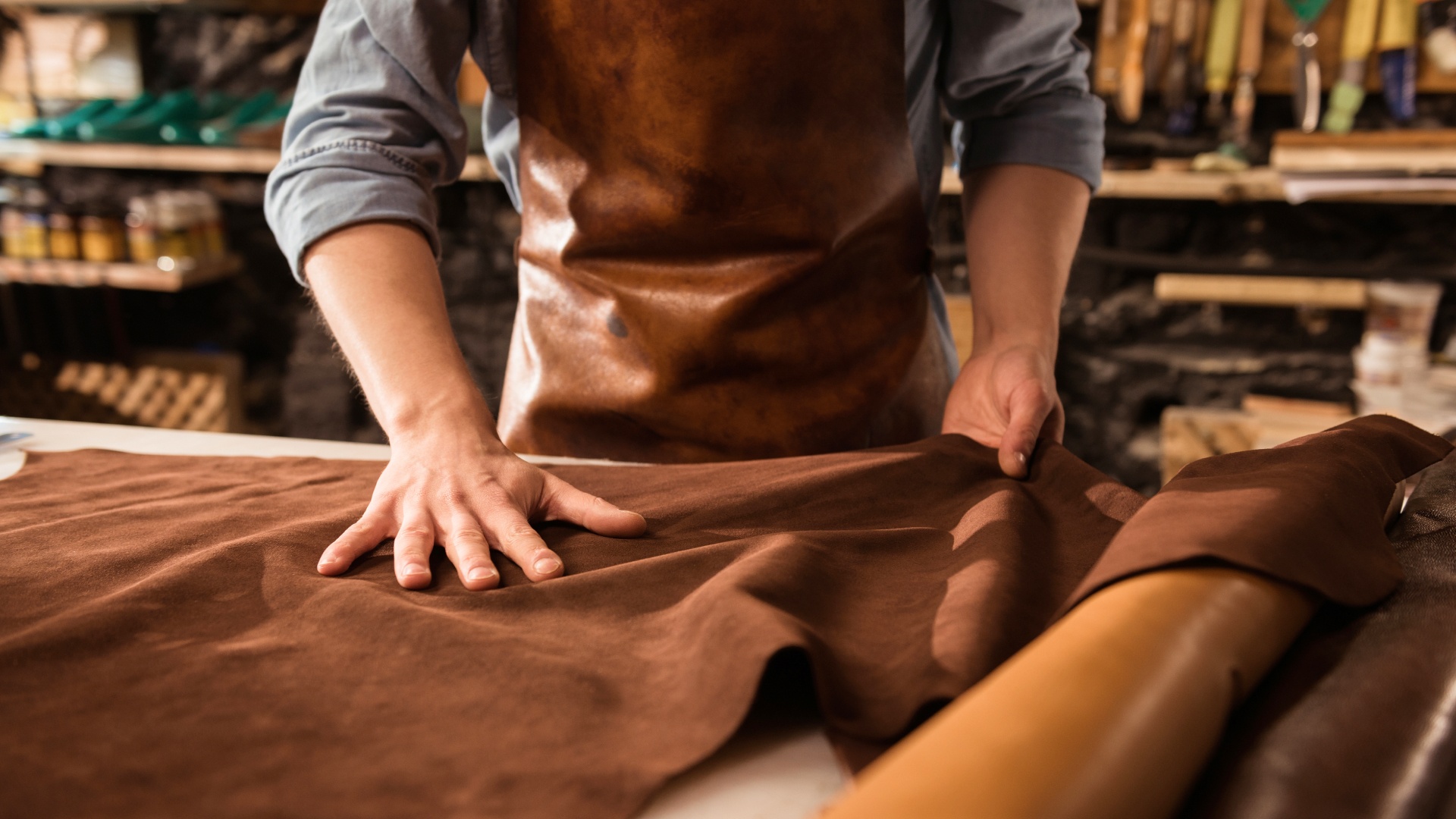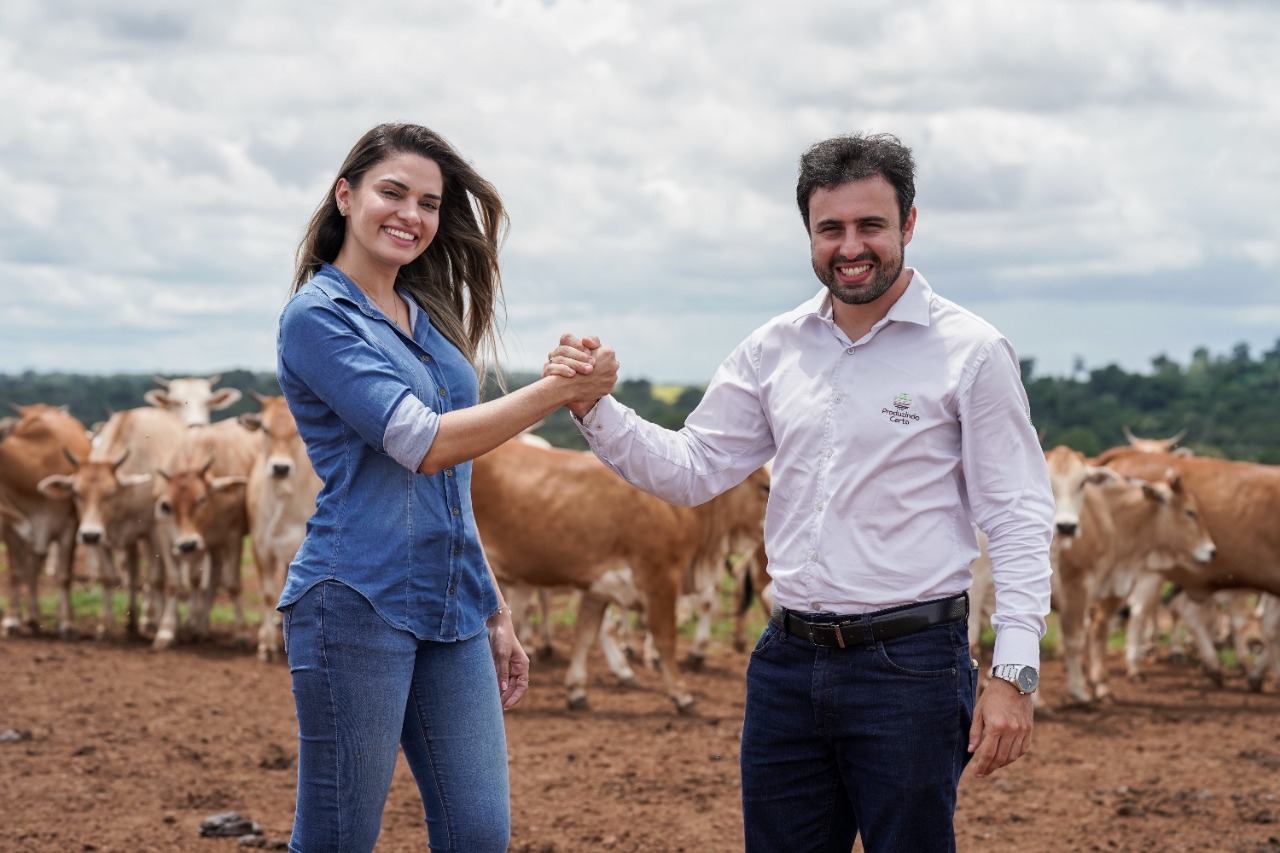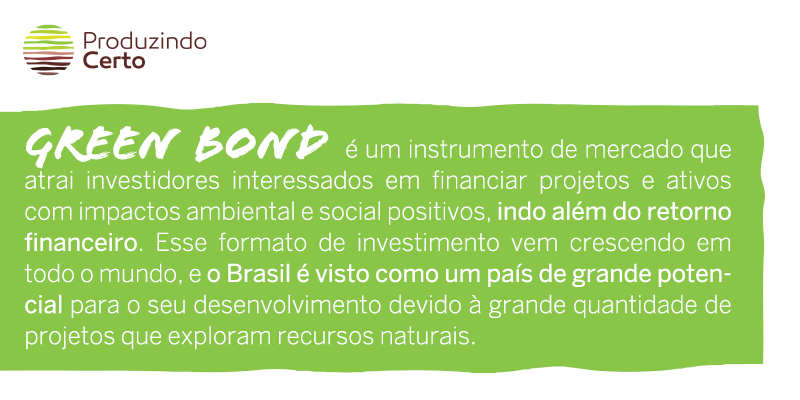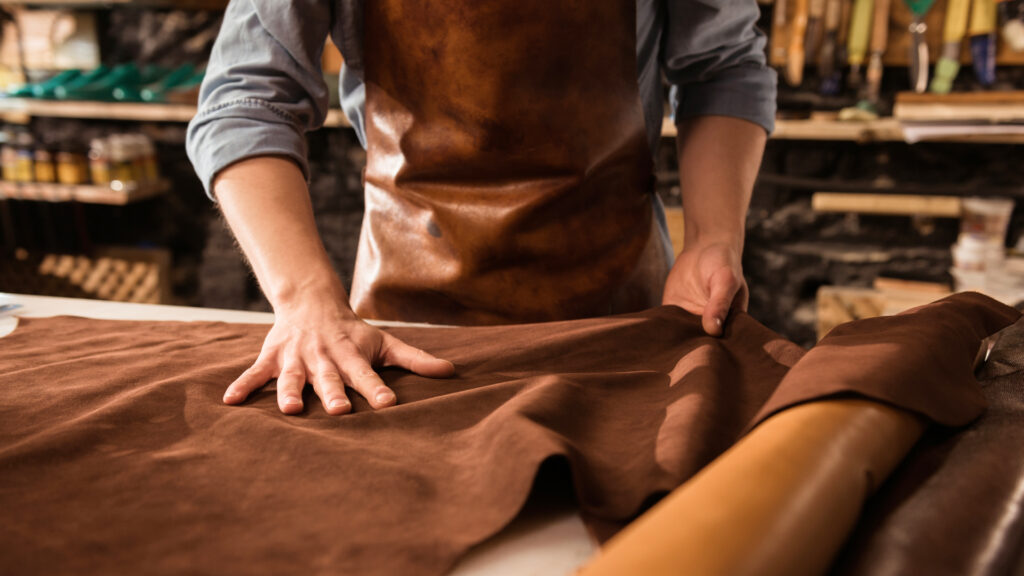
Global fashion brands like H&M Group support a pilot project with Brazilian cattle raisers to create a market for sustainability credits, or “Impact Incentives” for the leather supply chain
On one side, some of the most recognized global fashion brands, like the Swedish company H&M Group. On the other, a select group of Brazilian cattle raisers. Bringing them together is an ambitious project under the roof of the Impact Alliance: to create a responsible global leather credit market, helping to tackle deforestation and encouraging the adoption of animal welfare practices.
For the next three years, with the support of international giants, an unprecedented initiative developed by Textile Exchange and its Leather Impact Accelerator (LIA). Textile Exchange, a global non-profit driving positive impact on climate change across the fashion and textile industry, will test the model on properties in the Amazon and the Cerrado. Produzindo Certo will be responsible for implementing the pilot with the ranchers. Fieldwork begun this January, with the visit of Produzindo Certo technicians to selected farms.
This action will begin to give shape to an idea that emerged about three years ago about how to generate value, for the cattle raiser, from a material that, many times, is discarded and does not yield a penny to those who raise the cattle. The fashion industry was pressured by consumers and environmental entities and the defense of animal welfare because there was no action with leather suppliers to address deforestation and other practices often associated with cattle raising.
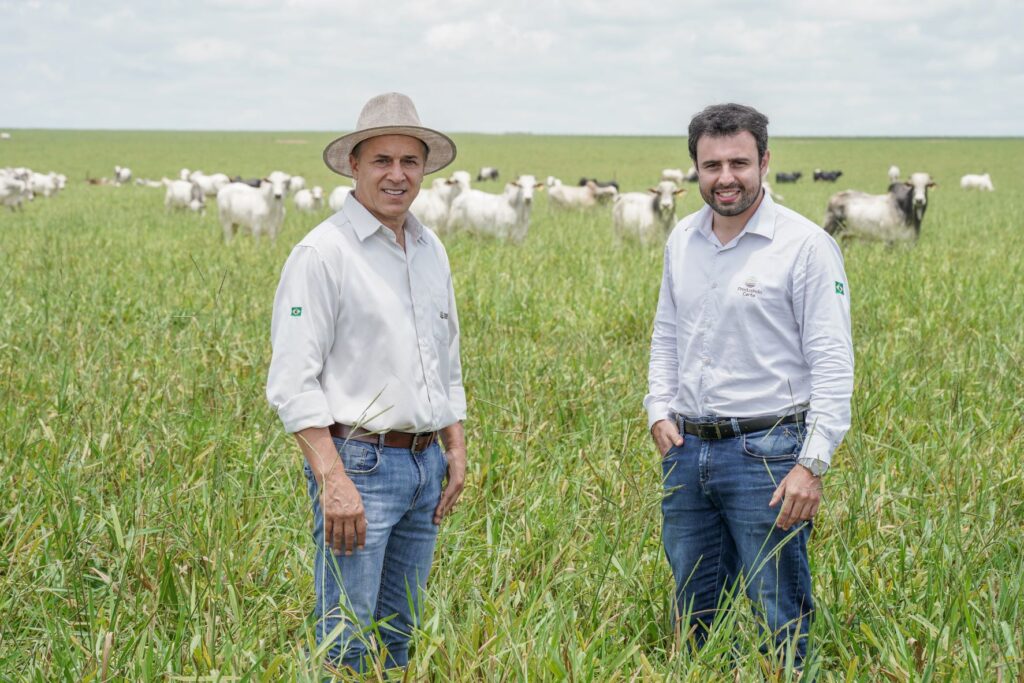
“Textile Exchange already has projects in the cotton supply chain and on other fronts, but there was nothing in the leather supply chain”, says Josefina Eisele, Farm Impact Manager with the Leather Impact Accelerator (LIA), which was created to discuss and facilitate possible solutions to the challenges brands face when sourcing leather.
The main difficulty in most of the proposals was the complexity and cost of making end-to-end certification on a product whose process begins with the birth of a calf on an often-remote farm, goes through other properties and various stages of leather processing, which can take place in different countries.
“Traceability is always lost somewhere along the way,” says Josefina. As the biggest concern of consumers was right at the beginning of the supply chain, the suggestion to make a direct connection between the fashion industry and cattle raisers ended up prospering. “What concerns the brands is what is happening on the farm: deforestation and animal welfare are the main issues. Consumers are pressing the brands and asking that their leather supply is not linked to deforestation” she adds.
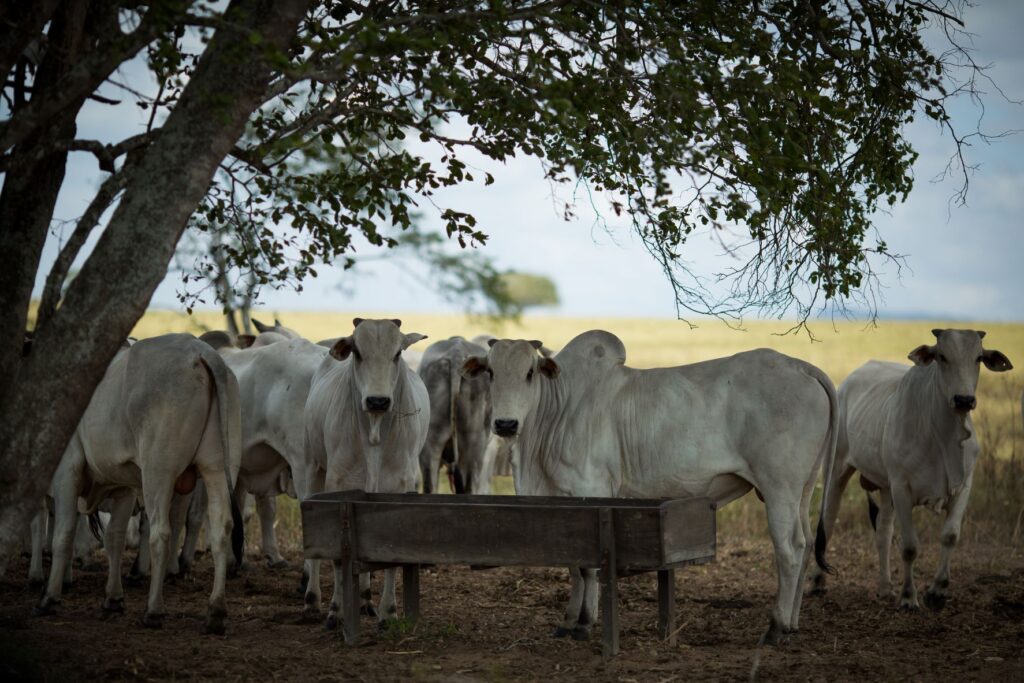
Like carbon
Based on this premise, the concept was reached that it was necessary to build a sustainable leather remuneration project in which the amounts were paid directly to the ranchers.
“Otherwise it would not be possible, as it would be unfeasible to pay a premium for each link in the chain,” says Charton Locks, Operations Director at Produzindo Certo. “If you had to share it among everyone, how much of it would get to the producer? Close to nothing”.
The idea then evolved into the creation of a sustainable leather credit market logic. In it, the rancher who demonstrates commitment and responsibility in production based on a protocol, without deforestation and with animal welfare, is entitled to a leather credit, called an Impact Incentive, calculated based on the number of animals that were on the farm during the year.
“The model is similar to what is already happening in markets such as palm, soy and carbon, for example”, says Charton. “The brand will not be buying the leather directly from the producer, but remunerating him for the amount needed to compensate for part of their use of leather in the manufacture of its products”.
According to Josefina, the model aroused the interest of many brands involved in the discussions. H&M Group was one the first to join, agreeing to finance the pilot project by signing purchase commitments for the generated Impact Incentives.
“Leather companies don’t know what to do and unless they have full visibility of their leather supply chain, this is the only option available so far. All brands are interested, but until they contribute funds, they take time”, says Josefina. Charton Locks adds: “We need to create the market, which is unprecedented, with the necessary security conditions so that more companies can invest without fear in this type of solution”.
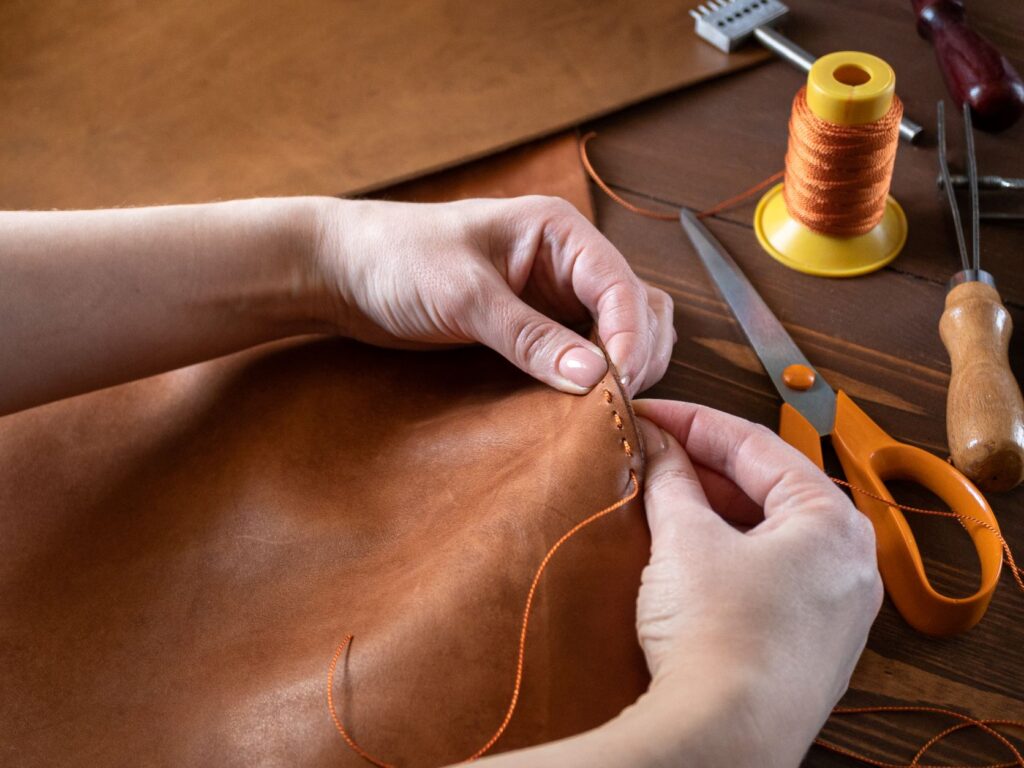
Link between industry and the field
The initial pilot project includes roughly 25 thousand animals from five to seven properties already registered in the Produzindo Certo platform. The company was chosen to implement an “Impact Partnership” project as it already has direct access to ranchers who meet the deforestation-free requirements for Impact Incentives. Supported by Produzindo Certo, they will work towards getting certified to an animal welfare standard within the next three years.
“We are the linking agents between these two links, we help to understand the requirements of the fashion industry and transport them to the reality of livestock farmers”, says Charton Locks.
Produzindo Certo also has the role of verifying and supporting producers in the adequacy of their properties. In addition, it acts as manager of property groups. “The cost of preparing a farm to issue sustainable leather credits is not cheap and, for a farm with less leather, it may not be viable. By forming groups of properties, Produzindo Certo creates scale, which allows diluting costs and making a sampling audit system. Thus, the ranchers will be able to earn money by selling the credits”.
The first step of the project will be to take training in animal welfare and evaluate any necessary adjustments in the properties selected by Produzindo Certo. From then on, all of them will be monitored more closely, to ensure that there is no deforestation and that they are improving the required social and environmental criteria.
The choice of properties in the Brazilian Amazon and Cerrado to start the project is strategic. Although most fashion companies do not have control over the origin of the leather they use, the idea of focusing on these two biomes is to act in regions that are in the focus of consumer demand. “We want to demonstrate how leather producers manage to act as conservation agents when properly remunerated”, says Charton.
“Brazil is not the origin of many brands, but the whole discussion ends in Brazil”, says Josefina. “We know how this credit model worked for palm or soy. It’s a great first step that gets the message out to consumers. Brands support farmers to make positive changes, leading to measurable and verified impacts on the ground”.
